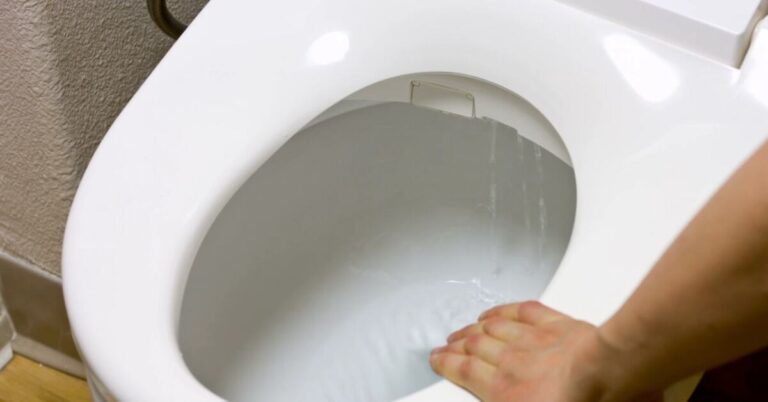A sudden, unexpected overflow from your toilet can cause quite a mess. But, before you reach for the mop, it’s essential to understand the root cause and take the necessary steps to prevent further damage.
Explanation of Toilet Overflows
A toilet overflow can occur for many reasons, from a clogged bowl to a malfunctioning flapper valve. Regardless of the cause, it’s crucial to address the issue quickly to prevent water damage to your home and its contents.
Taking Proper Steps to Handle Overflows
Handling a toilet overflow is more than just mopping up the mess. Failing to address the underlying plumbing problem can result in repeated overflows, increased water damage, and even harmful mold growth. Taking the proper steps to handle an overflow can protect your home and prevent future headaches.
Steps to Take in the Event of an Overflow
Turn off Water Supply to Toilet
The first step in addressing an overflow is turning off the toilet’s water supply. This will stop the flow of water and prevent further damage. The water shutoff valve is typically located near the toilet’s base or behind the toilet.
Remove Water from Bowl
Turn off the water supply; the next step is removing as much water as possible from the bowl. You can do this using a mop or bucket. Wear gloves and other protective clothing to avoid exposure to potentially hazardous waste or chemicals.
Use Plunger to Remove the Clog
If a clog causes the overflow, a plunger can be helpful to remove it. Place the plunger over the drain and pump it several times. If the clog remains, calling a professional plumber for assistance is best.
Call Professional Plumber (if necessary)
If the plunger fails to remove the clog or you are uncertain about the source of the overflow, it’s best to call a professional plumber. A plumber can diagnose and repair the problem, ensuring your toilet functions properly and preventing future overflows.
Prevention Tips
Avoid Flushing Non-Degradable Items
One of the leading causes of toilet overflows is the flushing of non-degradable items, such as paper towels, baby wipes, and feminine hygiene products. To prevent clogs, it’s crucial to only flush bathroom tissue, human waste, and small amounts of toilet paper.
Regularly Inspect Toilets for Signs of Wear/Damage
Regular inspections of your toilets can help you identify potential problems before they escalate into overflows. Look for signs of wear, such as cracks in the porcelain or damage to the flapper valve. If you notice any wear or damage, it’s best to call a professional plumber for repairs.
Install Toilet Overflow Alarm
An overflow alarm is a simple device that sounds when water levels in the toilet bowl reach a certain height.
You can easily install these inexpensive alarms. They can provide peace of mind by alerting you to potential overflows before they occur.
Regularly Clean Toilets
Regular cleaning of your toilets can help prevent overflows by removing any buildup of waste or debris that could lead to clogs. It’s also essential to clean and disinfect your toilets regularly to prevent the growth of harmful bacteria and mold.
These simple prevention tips can help keep your toilets functioning correctly and prevent unexpected overflows. You can protect your home and avoid costly repairs and water damage with some care and attention.
It’s important to remember that fixing the issue yourself without proper training and experience can worsen the problem and even create a safety hazard.
A professional plumber has the tools and knowledge to quickly and safely resolve the issue, so it’s always best to call the experts.
Conclusion
Taking proper steps to handle a toilet overflow and following prevention tips can help protect your home from water damage and minimize the risk of harm to your family and the environment.
Acting quickly and confidently in the event of an overflow to prevent further damage is essential.

